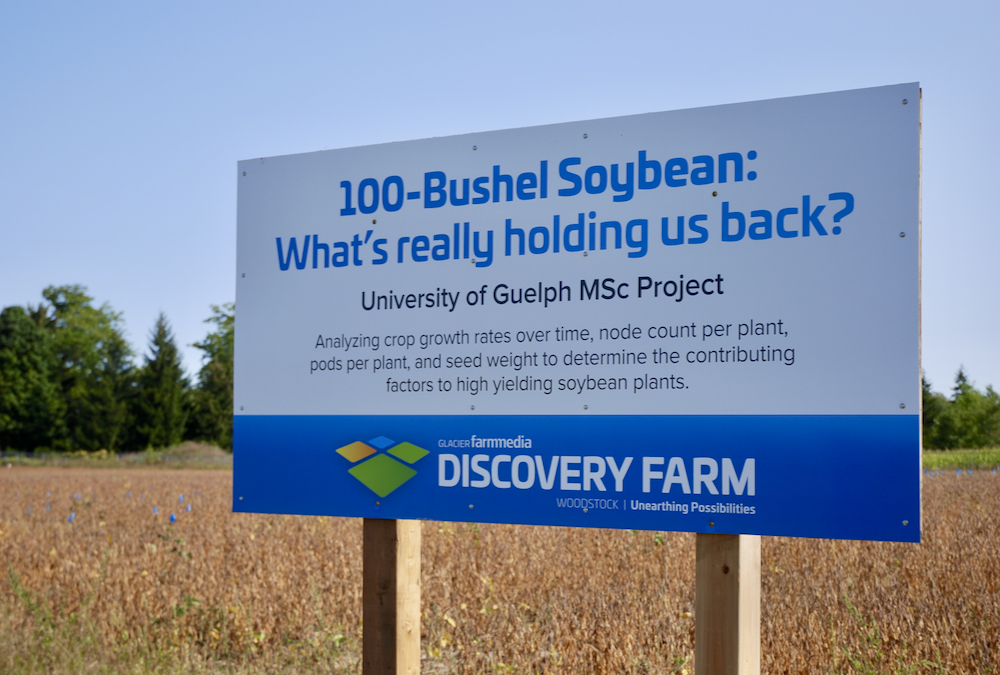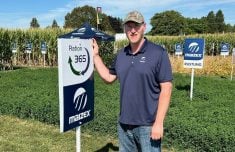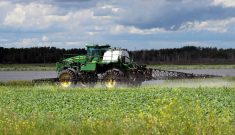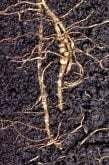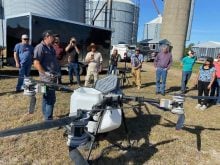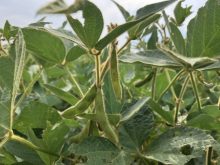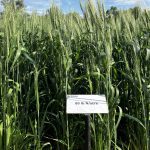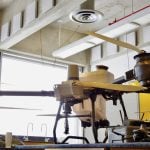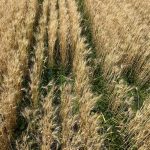Fifteen to 20 years ago, the late Gary Ablett would tell growers, seed company representatives and researchers that the genetic potential for soybeans was 110 bushels per acre. At the time, the provincial average was roughly half that.
“So what stops growers from reaching that level?” someone in the crowd might ask.
“Their own hands,” the soybean breeder and University of Guelph professor would reply. As soon as the stitching comes off the bag, yield potential begins to decrease, he said.
Read Also
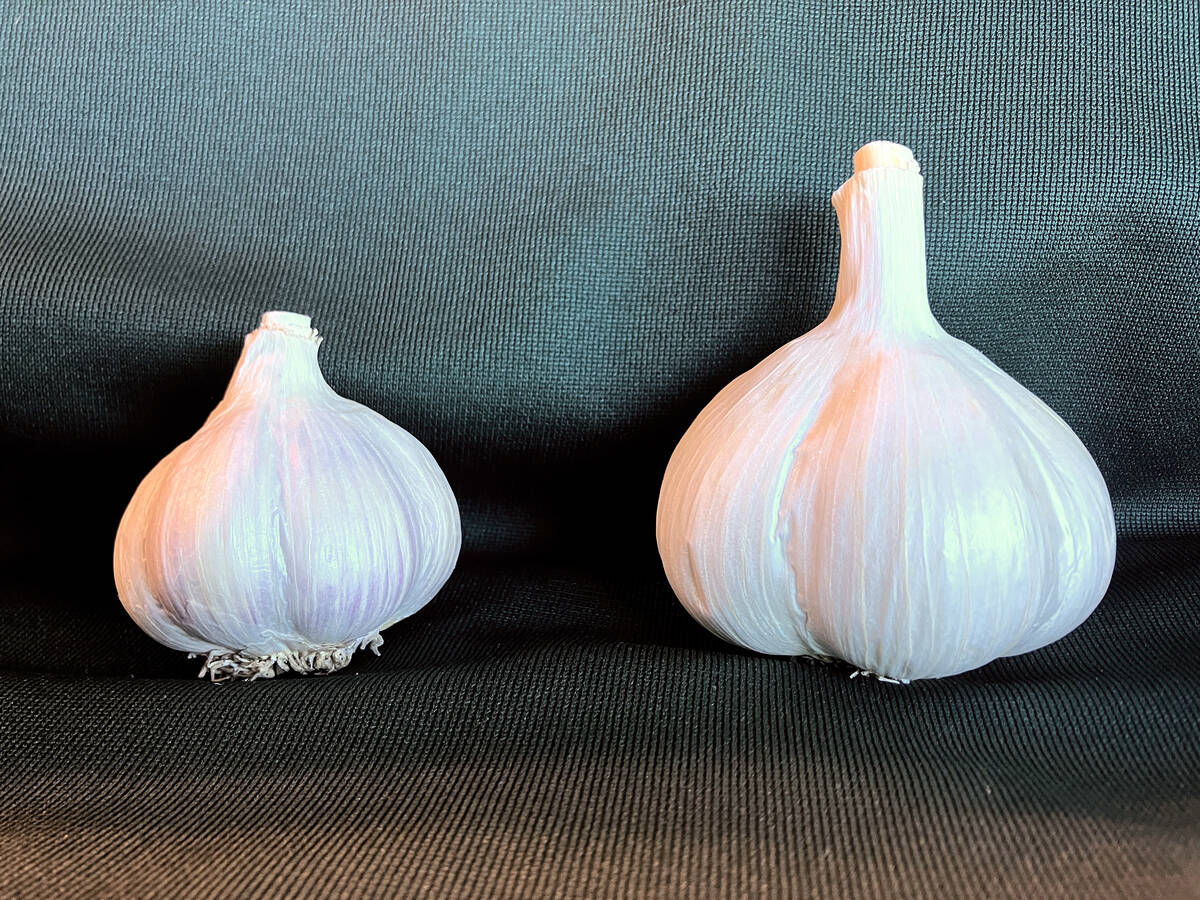
Clean seed garlic promises bigger bulbs and higher returns for growers
Ontario garlic trials show clean seed outshines conventional yields, with stronger drought resilience, reduced virus risk and greater economic outcomes.
Fast forward to 2022 and Canada’s Outdoor Farm Show, where Matthew Rundle is working to answer the question of what’s keeping growers from hitting 100 bu./ac. in soybeans. Rundle is an agronomist with Syngenta Canada but is also using this 100-bushel challenge as the basis for his Master of Science degree in soybean physiology. His plot is located at Discovery Farm, the name for Glacier FarmMedia’s expanded research and demonstration farm, which has Canada’s Outdoor Farm Show as the anchor.
Although weather remains the biggest and most uncontrollable factor affecting production, soybean genetics have advanced considerably since Ablett issued his challenge.
Growers also have access to four trait technologies to help with weed management, plus enhanced understanding about fertility.
In that regard, Rundle is availing himself of the most knowledgeable people in soybean production. He is in frequent contact with Horst Bohner, soybean specialist with the Ontario Ministry of Agriculture, Food and Rural Affairs (OMAFRA) and both Hugh Earl and Istvan Rajcan from the University of Guelph.
He has also spoken with Fred Below from the University of Illinois at Urbana-Champaign as well as long-time Syngenta representative Eric Richter, whose master classes in soybean production attempted to raise the bar on yield and quality.
“I’m keen to answer the question of what is holding growers back from 100 bushels per acre,” said Rundle. “We need to understand more about the interactions of varietal genetics with environmental factors, and with different crop management, tying it all back to the physiology of soybean development.”
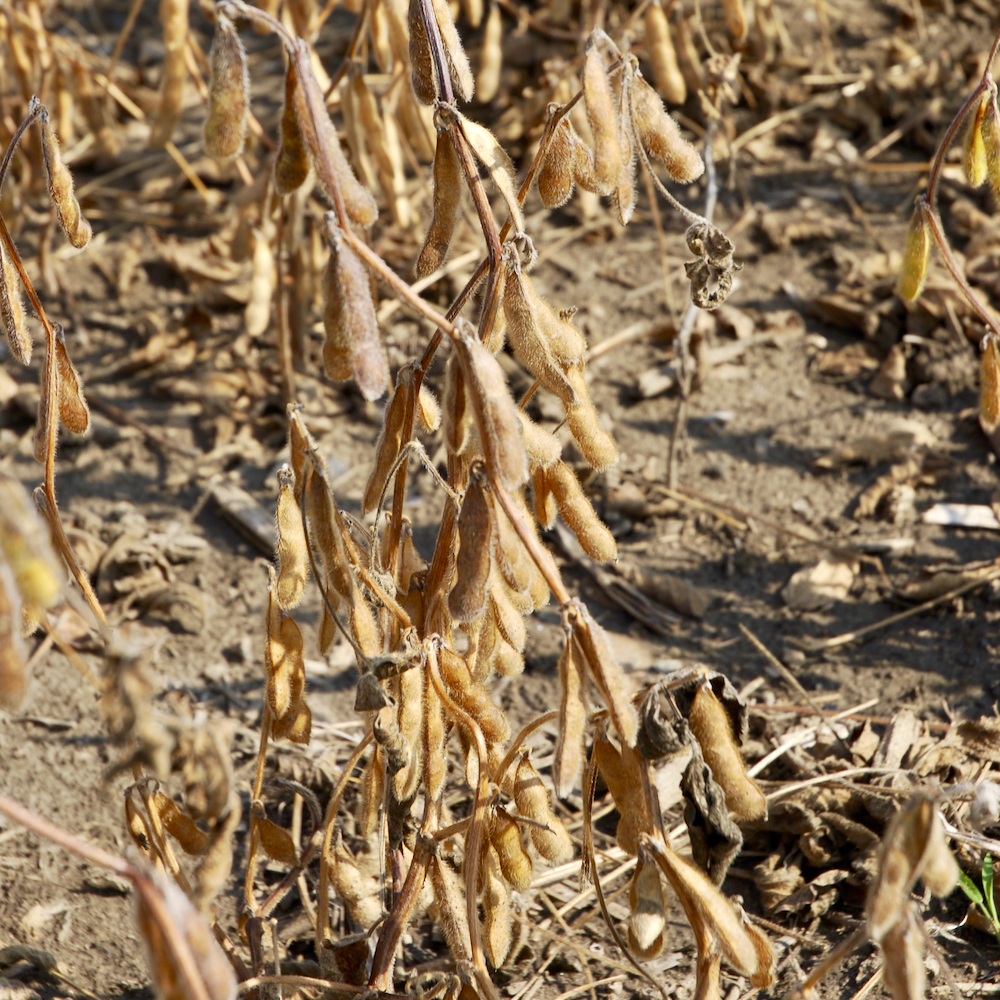
Although the impact of planting dates, seeding rates or soil fertility levels are included in his research, Rundle is also analyzing crop growth rates over time, node counts per plant, pods per plant and seed weights to determine the contributing factors to high-yielding soybeans. The plot at the Discovery Farm in Woodstock is one of three locations with replicated trials.
There are 10 different treatments with three varieties and different fertilizer levels along with fungicide applications. Differences in precipitation, humidity levels, temperatures and available sunlight are also being measured.
Other metrics he’s tracking include above-ground biomass, interception of incoming solar radiation into the canopy, greenness in the canopy and developmental stages to determine how growth rate, radiation use efficiency and senescence affect yield.
Rundle’s research began last year with encouraging responses from his data collection and he is hoping to see some of the same intriguing results from interactions between genetics, the environment and management practices.
In all, he’ll assess roughly 1,200 individual plants in 2022, the same as last year.
Watch for more from Ralph Pearce on this content in Country Guide.




